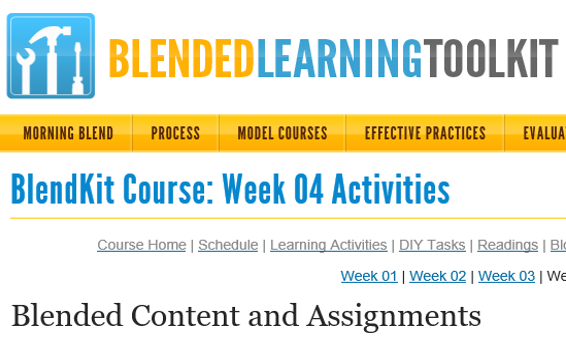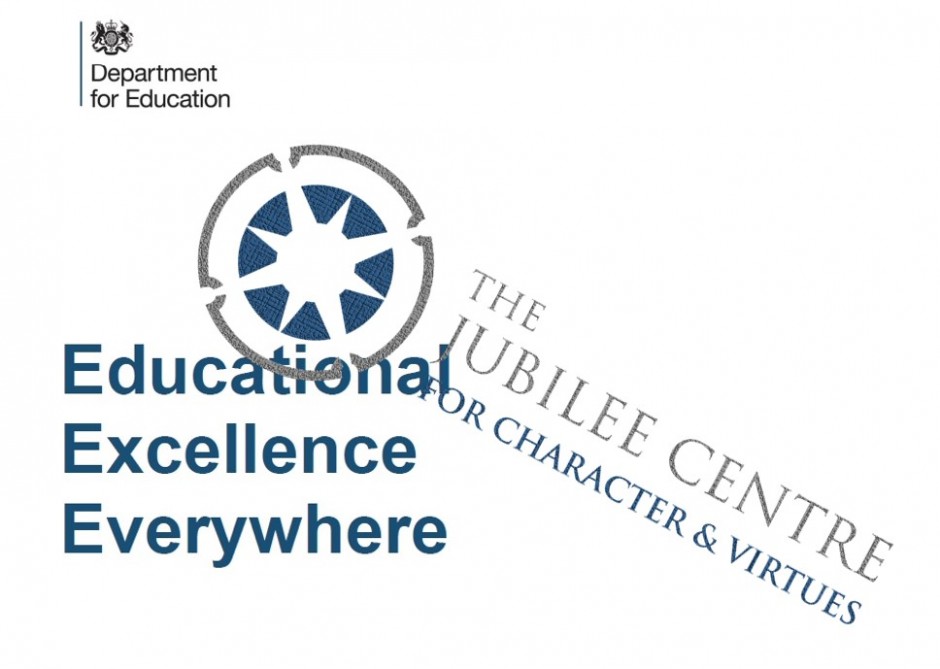Where would you start when charged to learn more about Self-Directed Learning? It is hard to avoid the irony. Google? Youtube? Google Scholar? Textbook? Amazon maybe? Did you ask someone?
I started, as many of you would, via Youtube. Sat in front of our smart television, searching via Google Talk, mirrored from my phone to the television.
Despite efforts to frame self-direction in a critical way, the prevailing definition is that offered by Malcolm Knowles. As the educator most identified with the idea, his definition merits quoting in full:
In its broadest meaning, self-directed learning describes a process in which individuals take the initiative, with or without the help of others, in diagnosing their learning needs, formulating learning goals, identifying human and material resources for learning, choosing and implementing appropriate learning strategies, and evaluating learning outcomes. (Knowles, 1975, p. 18)
I first stumbled upon autodidacticism when reading about self taught contemporary artist Dustin Yellin. Without formal art training he taught himself new artistic skills and applied his scientific knowledge to establish himself as a pioneer of “cross-disciplinary practice” and sculpture. Yellin’s ascendancy may represent an exemplary example of SDL, the appetite for Khan Academy and MOOCHs shows little sign of abating and Credly just announced another round of venture capital funding for their badging platform.
If we refocus on Knowles’ definition, framing of SDL within a school environment removes autonomy or adds support, removes authentic control or adds direction, depending on your perspective. Hence we encounter variants of SDL; from true didactic learning, learning through trial and error, to versions of online learning, questing and MOOCHing, to blended learning and finally to co-collaboration, project based learning and badging. Advocating for SDL is therefore par philosophical, part technical (and more than an assessment of teacher-student interactivity) and part situational (more than co-located or dislocated).
Greg Ashman advocated a view of learning along two axes; degree of explicitness and degree of situational accountability, creating four broad sectors of instruction.
- Explicit instruction with a high situational accountability – Ashman suggests that this sector is good for novices who are not self-motivated. Another view would be, good for those that benefit for direct instruction or who are easily distracted?
- Explicit instruction with a low situational accountability – Ashman suggests that this sector is good for motivated novices. Alternatively, it may well be beneficial to the teacher when there are high students numbers.
- Implicit instruction with a high situational accountability – This is where Ashman has located “self-determined inquiry” – a possible bed-fellow to SDL. Interestingly Ashman’s position is that this type of learning is likely to be ineffective in schools because of “the lack of explicitness and the lack of situational accountability.” However, effective for “high prior knowledge individuals in the construction of new knowledge.”
- Implicit instruction with a high situational accountability or ‘accountable inquiry’ – Ashman proposed that this sector is suited to students with high prior knowledge who are not self-motivated. This kind of inquiry might lend itself to students following a set experimental or research procedures and being expected to draw their own conclusions.
A useful model for considering how SDL may be adopted, though I feel that there is more to reflect upon. In fact, there are three components that I am keen to explore further. Notions of responsibility, time and tools for starters. First, when learning become the responsibility of the learner and not that of the learner-teacher or teacher. Second, how time is applied, exploited or under-valued? What might be possible when an unlimited commitment is an option? How deep will students go? How long will they persist? Lastly, which tools will be used? Of course, most school-aged learners will head online but where are the opportunities to find knowledge beyond the binary, beyond Google, Wolfram Alpha and Khan?
If self-directed, who are the teachers? Advocates? Facilitators? Who will grease the wheels of endeavor? What is the place of assessment? Does a grade, degrade the learning? What constitutes a class? On what grounds is a class composed? Is there a curriculum? What should the curriculum look like? One of the first videos I watched showcased a school with a thoroughly enriching SDL curriculum, 28 moral, intellectual, civic, personal, social, and intellectual skills, including how to handle confrontation, personal health, service, careers, creativity, global awareness, logical inquiry and practical skills.
A second view is presented by evolutionary psychologist Peter Gray (Prof of Psychology Boston College). Self declared hard-headed realist (and not hopeless realist) he offers fundamental list for SDL. Peter Gray’s research shows, and he argues, that the inherent playfulness, curiosity and willfulness of children, has been honed by natural selection to permit each individual to educate themselves.
- A clear understanding that education is the children’s responsibility.
- Unlimited opportunity to play explore and pursue your own interests. Unlimited time, not an hour a day not two hours a day, unlimited time. It takes time to try out different things. It takes time to get board, to overcome boredom.
- Opportunity to play with the tools of the culture to really play with the tools of a culture.
- Access to a variety of caring adults that are helpers not judges. The last person you want to go to to help you learn something is someone who is evaluating you.
- Free age mixing among children and adolescence. Children don’t have much to learn from children the same age. They learn from children who are older and from children who are younger than themselves. (They learn to lead, they learn to / by copying.)
- Immersion in a stable, moral, democratic, community.
From the video I heard about Peter Gray’s involvement in Sudbury Valley School (fee-paying). A school with just eleven staff, no curriculum, no grades, no tests, with 85% of students going onto College (University) as well as many successful and notable school graduates.
I didn’t really think about getting an education. I didn’t understand the idea of having to artificially ‘get’ an education. I thought that you lived in the world and you got smarter because every day you were learning. Sudbury Valley Student
After reading a handful of webpages and watching news new articles, exposes (from a range of national broadcasters) I started writing this section of the post, only for a 2009 TeachersTV video to autoplay in the background. The video showcased… Sudbury Valley School (SVS). A video I can distinctly remember watching at the time. The notion, look and feel may appear somewhat Willy Wonka, the atmosphere and student commentary quickly reveals confident, introspective students. Bridge, knitting, Shakespeare, music, a judicial committee leading many school decisions, stumbling upon learning is encourages, “learning in the trenches,” incidental.
“I Don’t Want Nobody to Give Me Nothing (Open Up the Door, I’ll Get It Myself).” James Brown
Seven years ago the video highlighted the potential of technology as a driver for learning autonomy and personalization. The future is really and truly here. I leave you with Peter Gray’s conclusion to his Chicago Ideas Talk.
Why on earth did they ever believe that coercion is essential for education. That likes believing you have to force people to eat, or you have to force people to to breathe. Why on earth did they ever think that standardization such that people regardless of their interest, regardless of their predilection’s, should all learn the same thing, in the same way, and be tested by the same test, what kind of a crazy idea is that? – Peter Gray.
Lines of enquiry to follow; unschooling, John Holt (Growing without schooling), Pat Farengo, “How Children Fail.”
The summary of my thoughts on SDL right now…
It is not just where the line is drawn, but who draws the line.
[qr_code_display]


